Calcium supplementation is a critical aspect of maintaining healthy captive geckos. Unlike their wild counterparts who obtain calcium through diverse prey and environmental sources, pet geckos rely entirely on their caretakers for proper nutrition. The frequency and method of calcium delivery can significantly impact a gecko’s bone health, reproductive success, and overall vitality. Understanding the nuances of calcium supplementation requires careful consideration of species-specific needs, life stages, and dietary habits.
Wild geckos naturally acquire calcium through consuming mineral-rich insects, small vertebrates, and even soil particles. This balanced intake is difficult to replicate in captivity without deliberate supplementation. Dusting feeder insects with calcium powder remains the most common method, but the ideal frequency varies depending on whether the gecko is growing, breeding, or maintaining weight. Juvenile geckos, for instance, require almost daily calcium dusting to support rapid skeletal development, while adults may thrive with less frequent supplementation.
The type of calcium powder used also matters. Pure calcium carbonate is sufficient for routine supplementation, but many keepers opt for formulations enhanced with vitamin D3, especially for geckos housed without UVB lighting. However, over-supplementation of D3 can lead to toxicity, making it crucial to strike a balance. Some experts recommend alternating between plain calcium and calcium with D3 to mitigate risks while ensuring metabolic needs are met.
Gravid female geckos present a unique challenge. Egg production demands substantial calcium reserves, and deficiencies can lead to egg binding or metabolic bone disease. During breeding seasons, increasing supplementation frequency or providing a small dish of calcium powder in the enclosure allows females to self-regulate intake. Observing consumption patterns helps fine-tune the approach, as some individuals may consume more than others based on physiological demands.
Seasonal changes influence supplementation schedules as well. Geckos often experience reduced activity and feeding during cooler months, mirroring natural cycles. During these periods, calcium offerings should align with decreased food intake to prevent unnecessary buildup. Conversely, post-brumation or during peak activity months, more frequent supplementation may be warranted to compensate for heightened metabolic rates.
Behavioral cues offer valuable insights into whether a gecko’s calcium needs are being met. Lethargy, tremors, or difficulty climbing may indicate deficiency, while excessive calcium deposits around the nostrils or vent suggest oversupplementation. Regular weight monitoring and veterinary check-ups help detect imbalances before they escalate into serious health concerns. Experienced keepers often maintain detailed logs to track supplementation alongside feeding schedules and behavioral notes.
The debate between scheduled supplementation and free-choice availability continues among reptile enthusiasts. Some argue that scheduled dusting prevents overconsumption, while others believe geckos instinctively regulate their mineral intake when provided with constant access. Both methods can succeed when implemented thoughtfully, though beginners may find scheduled dusting easier to manage until they develop an intuitive understanding of their gecko’s needs.
Environmental factors indirectly affect calcium metabolism. Proper heating ensures efficient nutrient absorption, as geckos rely on external heat sources to digest food effectively. Inadequate temperatures can render even perfect supplementation routines ineffective. Similarly, hydration plays a role—dehydrated geckos struggle with nutrient uptake, emphasizing the importance of fresh water alongside calcium management.
Tailoring supplementation to individual geckos yields the best results. While general guidelines provide a starting point, attentive keepers adjust frequencies based on their observation of each animal’s condition. A gecko recovering from illness or injury, for example, might temporarily require increased calcium to support tissue repair. Documentation and patience become invaluable tools in developing optimal long-term supplementation strategies.
Ultimately, calcium supplementation represents just one component of comprehensive gecko care, yet its proper execution profoundly influences quality of life. By considering biological requirements, environmental conditions, and individual variability, keepers can establish routines that promote robust health throughout their gecko’s lifespan. The most successful approaches blend scientific understanding with hands-on experience, creating a dynamic balance between standardized protocols and personalized adjustments.
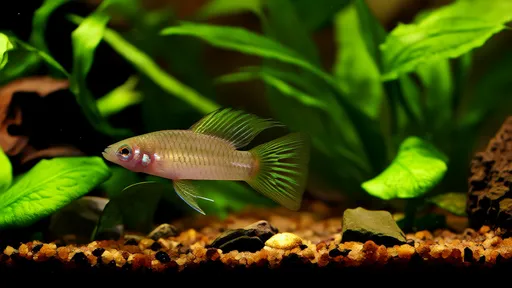
By /Jun 28, 2025
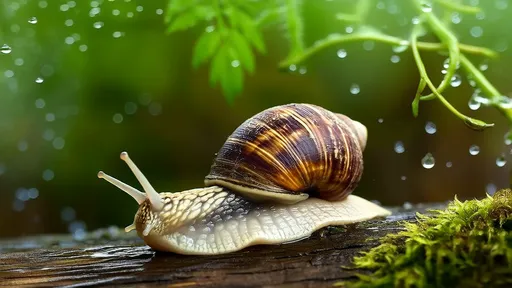
By /Jun 28, 2025
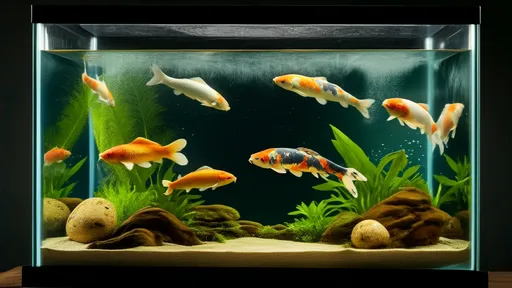
By /Jun 28, 2025

By /Jun 28, 2025
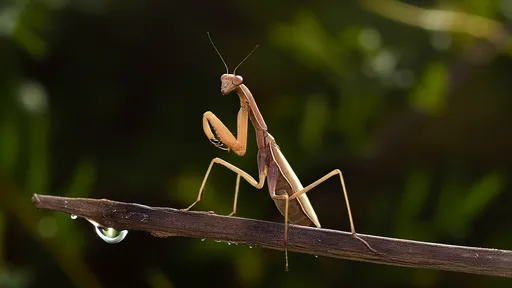
By /Jun 28, 2025

By /Jun 28, 2025
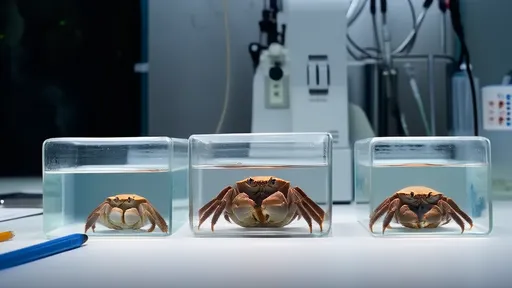
By /Jun 28, 2025
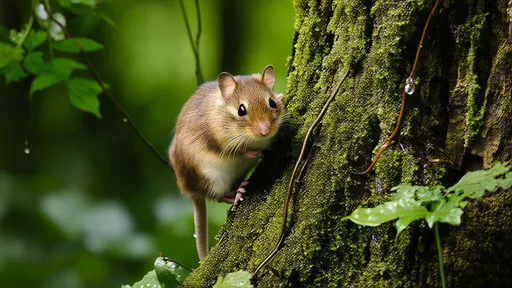
By /Jun 28, 2025
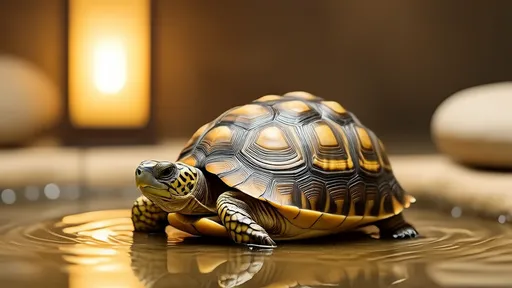
By /Jun 28, 2025
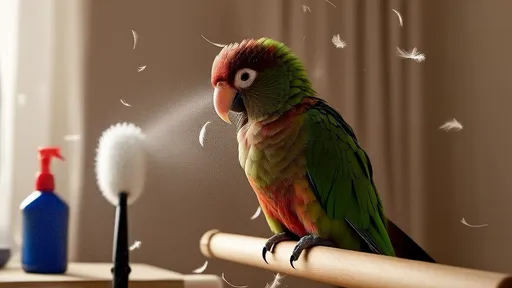
By /Jun 28, 2025

By /Jun 28, 2025
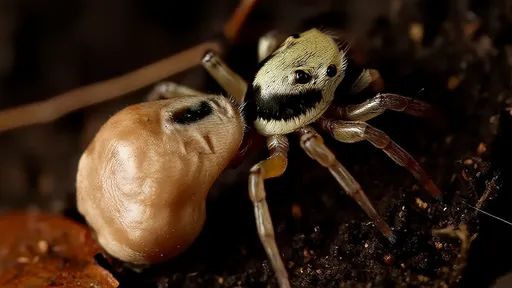
By /Jun 28, 2025
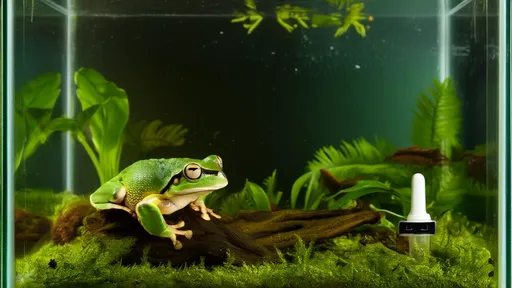
By /Jun 28, 2025

By /Jun 28, 2025
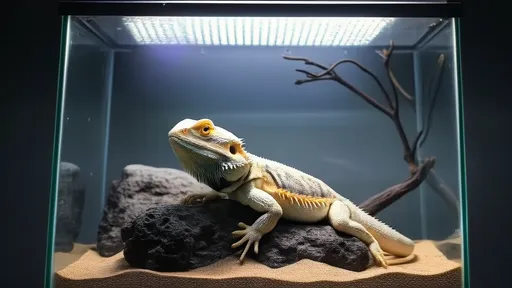
By /Jun 28, 2025

By /Jun 28, 2025
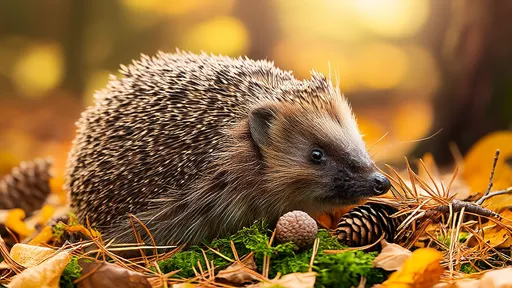
By /Jun 28, 2025